Cats are pets that are loved by many people because of their cuteness, liveliness, and soft fur. However, hair loss is a common problem in cats and can worry many owners. Read the article below to understand better and help you find ways to prevent and care for your beloved cat effectively!
Causes of excessive hair loss in cats
Cats lose hair due to congenital factors
Some breeds of cats are more likely to lose hair than others due to genetic factors. If your cat is a breed that is prone to shedding a lot of hair, such as a Persian, Ragdoll, or Maine Coon, frequent hair loss is average and nothing to worry about. These breeds have long, thick fur, which makes shedding more frequent.
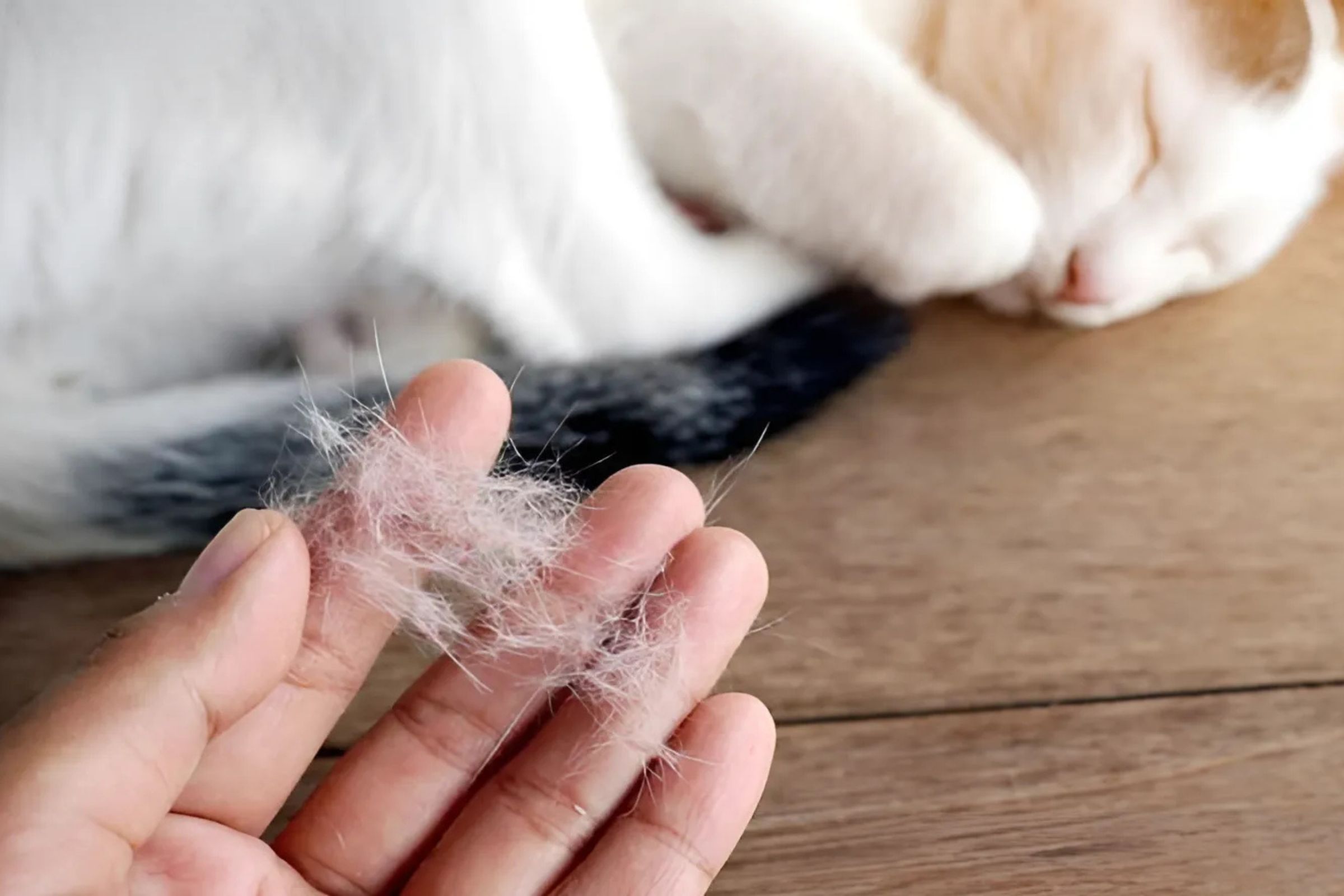
Weather and Environmental Effects
Cats shed their fur as spring and fall arrive to prepare for a new coat. Warmer weather and longer daylight hours stimulate the cat's body to signal to shed old fur. This process helps the cat develop a coat that matches its environment, keeping it warm in cold weather and cool in hot weather while also maintaining healthy skin and coat.
Pregnant and Lactating Cats
Pregnant and lactating cats often experience major hormonal changes, which lead to increased shedding. Once nursing is over, this shedding usually subsides and the mother cat's coat gradually recovers.
Pathological Hair Loss
If your cat is shedding in patches, scratching a lot or licking her fur constantly, it could be a sign of skin conditions such as dermatitis, fungal infections or parasites such as ticks and fleas.
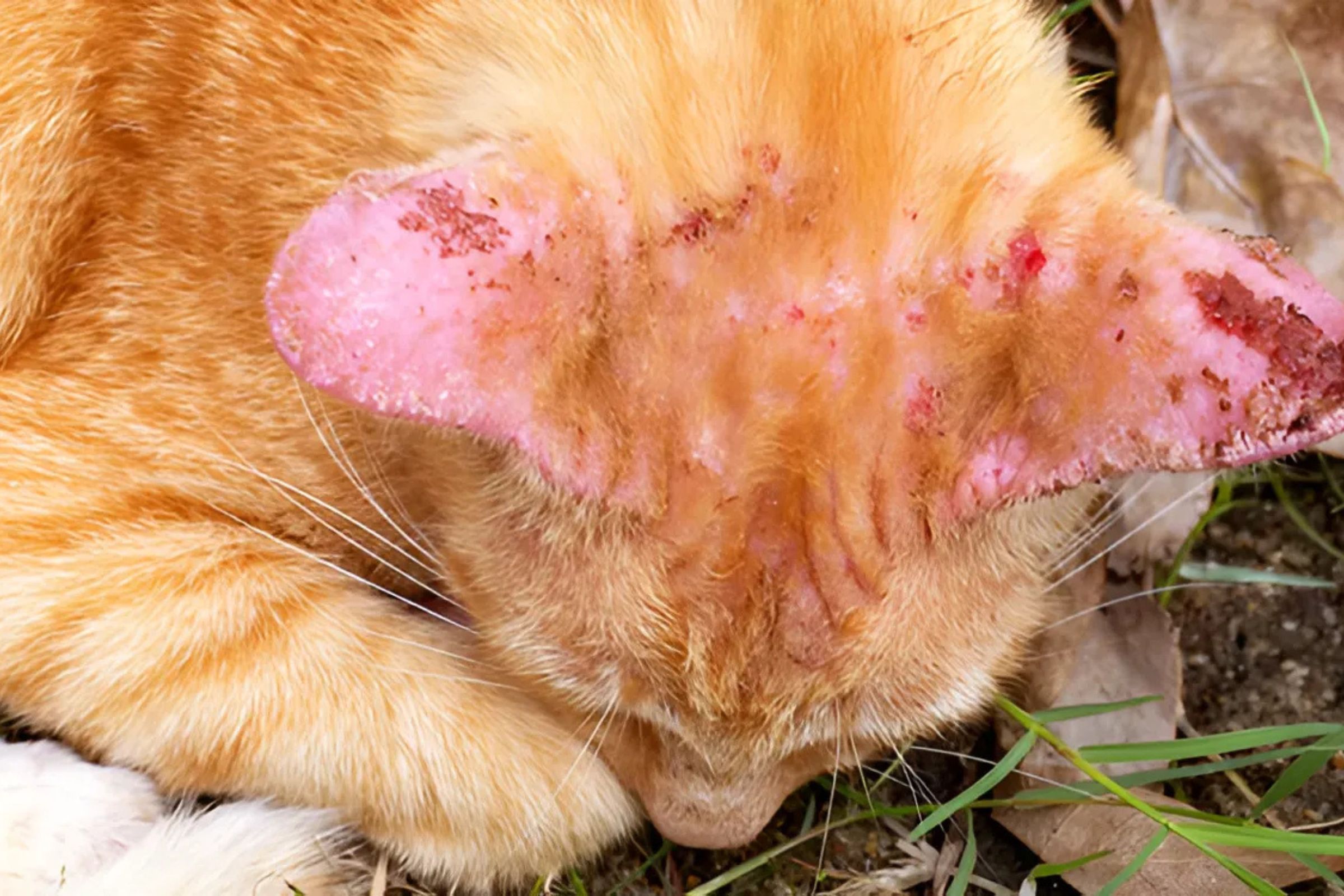
Psychological factors
Stress, loneliness or lack of play can cause cats to lose hair. Cats feel stressed when there is a change in routine, environment or lack of attention from their owners. When stressed, cats often lick their fur excessively, leading to excessive hair loss and even skin damage.
How to prevent and treat hair loss in cats
Proper care and timely treatment of diseases are very important to control hair loss in cats. Here are some effective prevention and treatment measures that you can apply.
Regular hygiene care
One of the most important preventive measures is to maintain cleanliness for cats. Regular bathing helps remove dirt and parasitic bacteria on the skin while reducing hair loss. However, you should only bathe your cat about 2-3 times/week and use mild shampoos to avoid irritating the cat's sensitive skin.
In addition, it is necessary to ensure the cat's living space is clean. The cat's sleeping area should be kept dry and airy, and the pads and blankets should be washed regularly to prevent bacteria and parasites from growing.
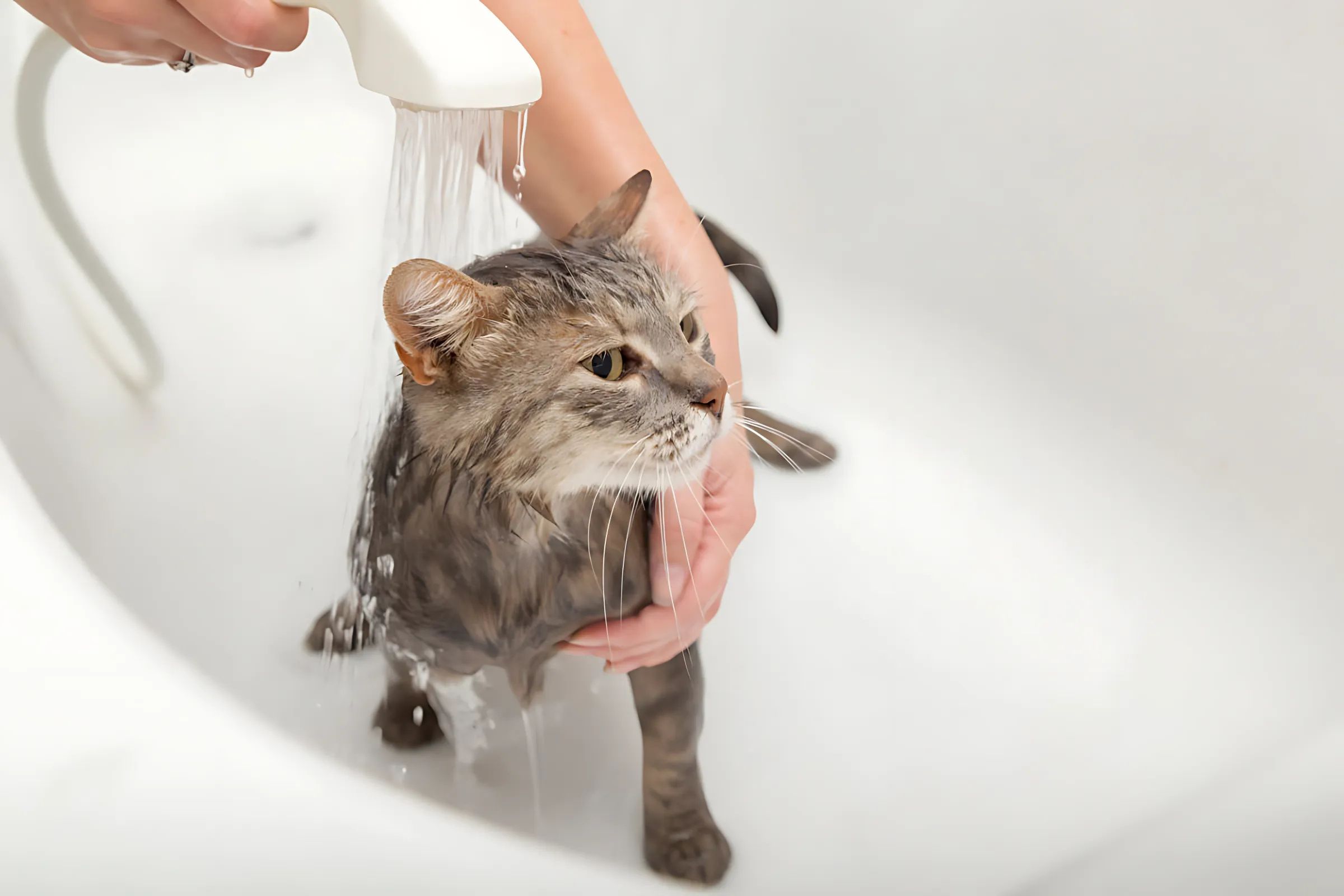
Use special medicine
If your cat is losing hair due to skin diseases or parasites, you must use a particular medicine. Before using any medicine, take your cat to the vet for examination and proper treatment advice. Using medicine on your own can cause unwanted side effects.
Brush regularly
Regular brushing is the best way to remove loose hair and keep your cat's coat smooth. Brushing helps reduce hair loss in the house and prevents tangles.
Adjust diet
Nutrition plays a vital role in keeping your cat's coat healthy. A protein-rich diet, supplemented with omega 3, omega 6, DHA, and EPA fats found in fish meat, will help your cat's coat shine and limit hair loss. In addition, adequate water intake will prevent your cat's skin from drying out and limit hair loss.
One of the good nutritional products for cats you can refer to is NIHONNEKO KATSUO MIX - Comprehensive nutritional food for cats with skipjack tuna flavour, and NIHONNEKO MAGURO MIX - Comprehensive nutritional food for cats with tuna flavour. The product helps provide abundant nutrition and also supports the health of the cat's skin and fur.
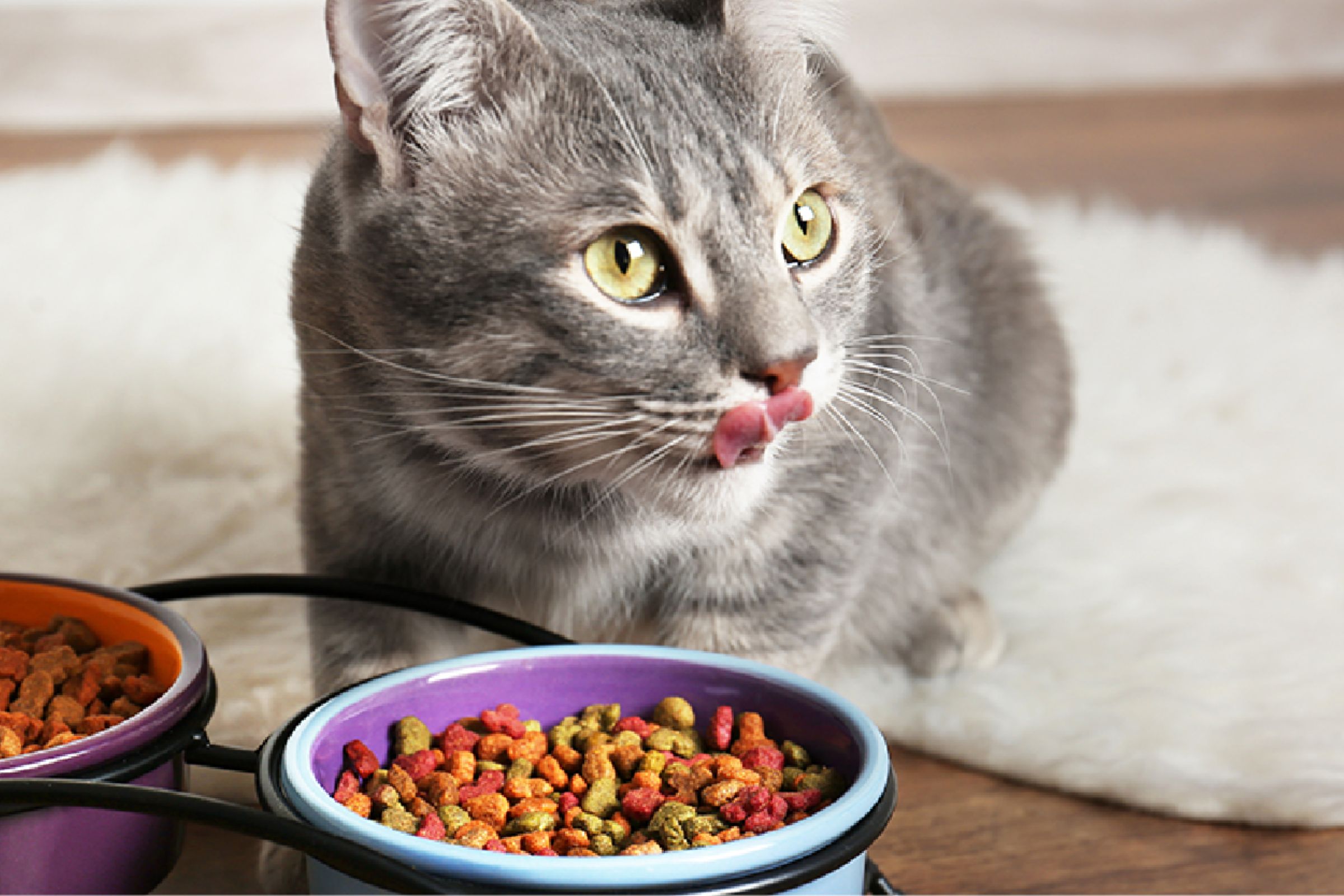
Reduce stress for cats
To reduce cat stress, you should create a comfortable living environment with enough space to move and play. Spending time caring for and petting your cat daily will help them feel loved, reducing hair loss due to stress.
Regular check-ups at the vet
Finally, taking your cat for regular check-ups is one of the best ways to detect health and skin problems in cats early, so you can treat them promptly before the condition becomes more serious.
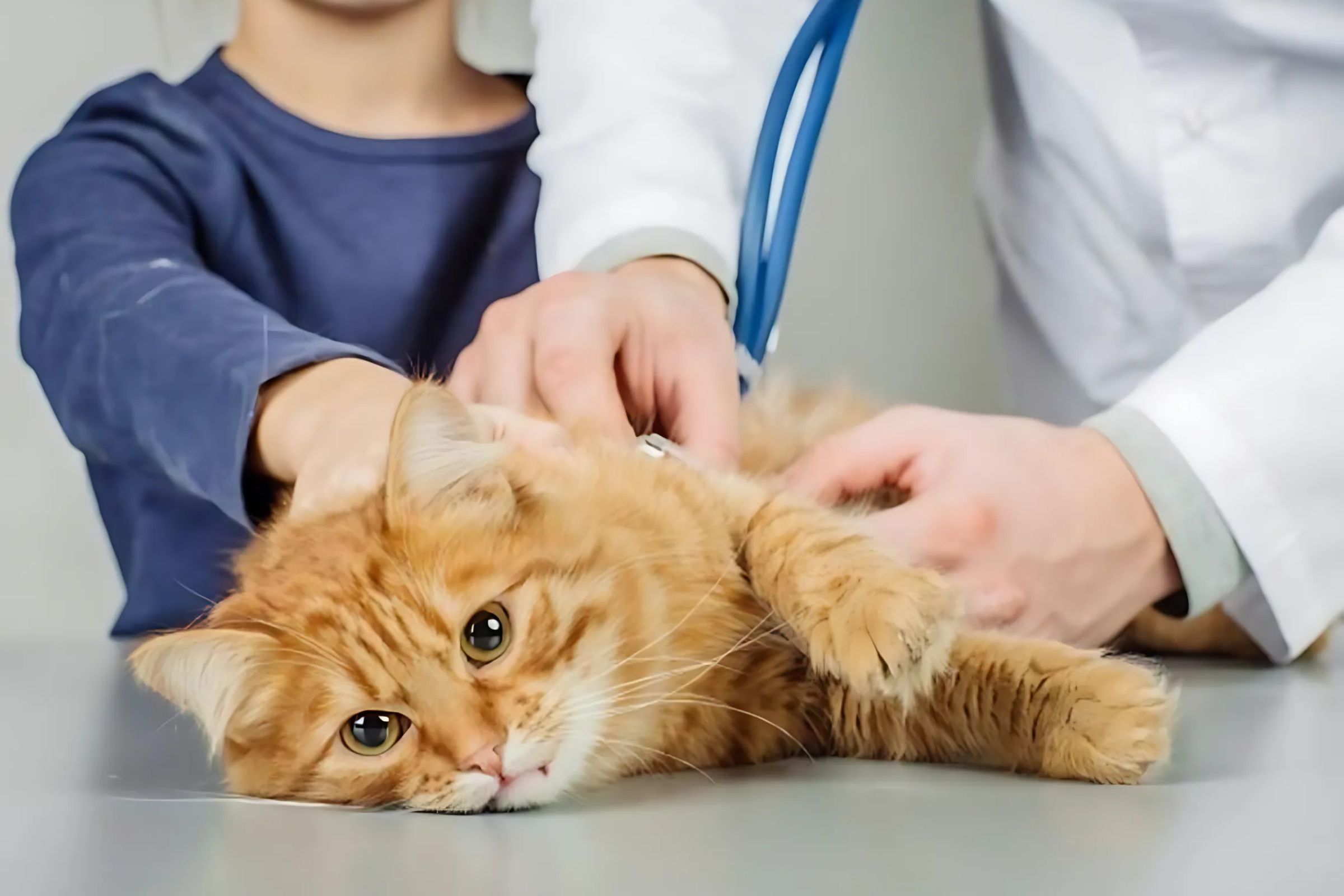
Hopefully, the information in the article will help you gain valuable knowledge about caring for your beloved cat and helping it stay healthy!


 Vietnamese
Vietnamese  日本語
日本語  English
English 



